Coatings, Fillings and the Science of Fats
Coatings, Fillings and the Science of Fats
Different pre-prepared products such as coatings and fillings offer quality equal to “real” chocolate with added benefits such as extended shelf life, ease of use, enhanced appearance, and more efficient use in your applications.
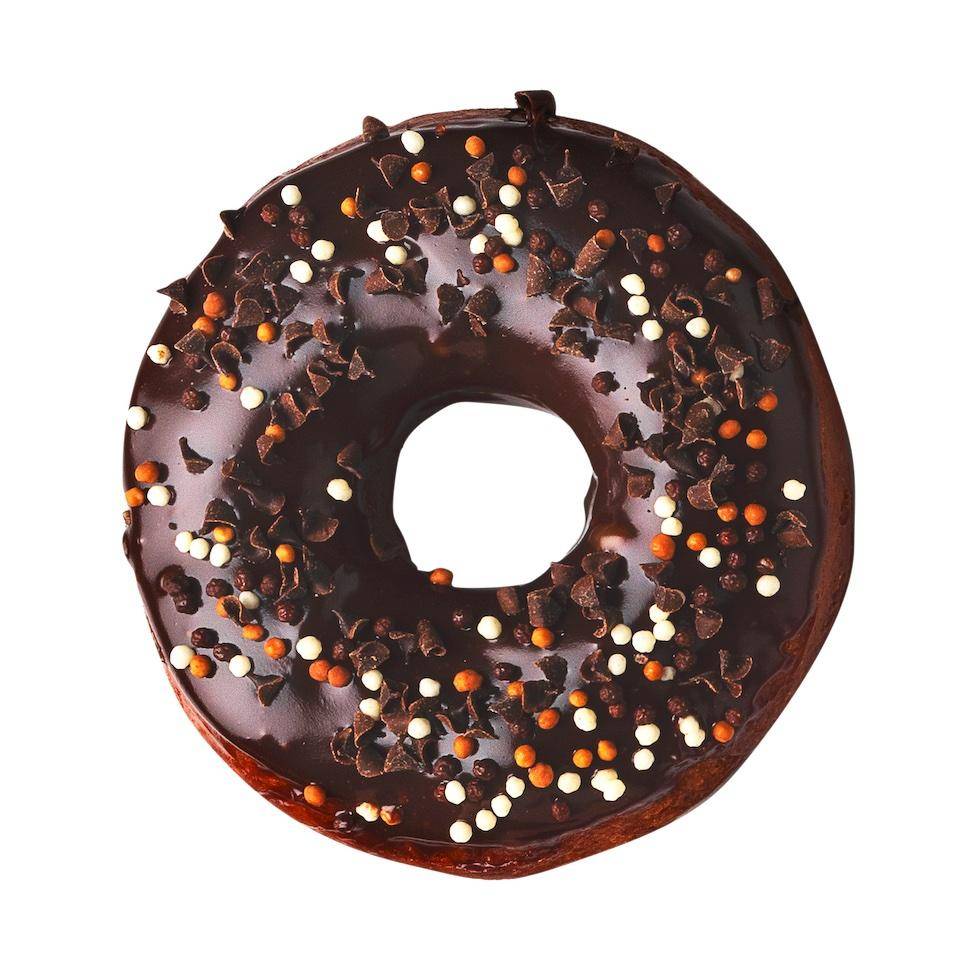
Chocolate vs Coating: What’s the Difference?
The short answer: It’s all about fat.
Food regulations state that only products containing cocoa butter can legally be called chocolate. Chocolate will also often contain cocoa mass.
There is no strict, regulated definition of a coating, but they typically contain vegetable fat or multiple vegetable fats and will often use cocoa powder rather than cocoa mass.
Just like chocolate, coatings can range in quality. A high-quality coating will offer the flavor and shine of chocolate with added benefits such as a lower cost, better adherence to products, greater heat resistance, or resistance to cracking. Different coating or filling products will be tailored for specific uses, taking the guesswork out of formulating a recipe and procedure for each application.
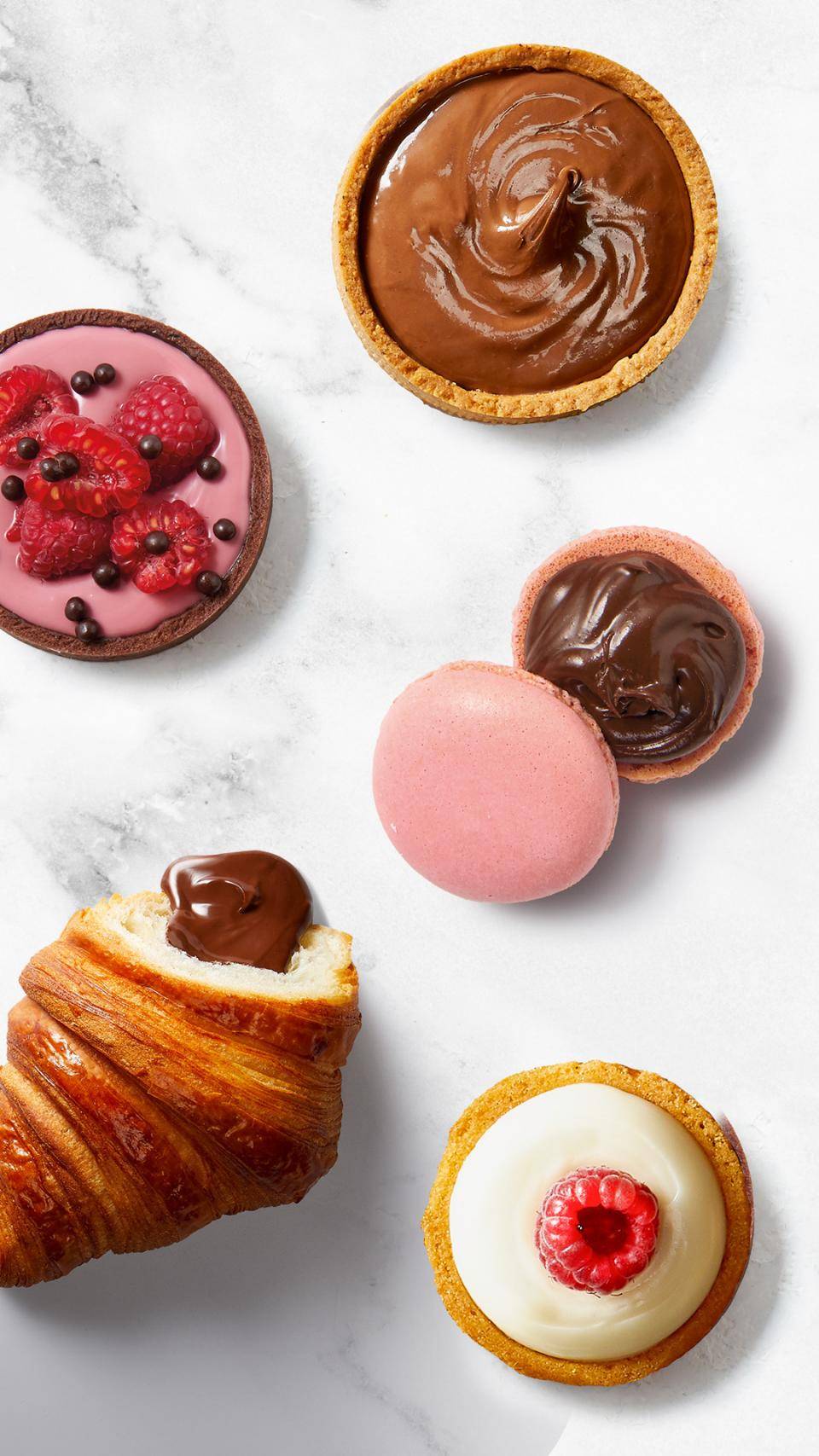
What about fillings?
There's no technical, legal definition for what constitutes a filling outside of general food safety laws. Put one food inside of another, and you've got yourself a filling. Easy as pie, literally!
OK, maybe not that easy.
This overly-simplified definition highlights exactly why a shop might want to employ a prepared filling for some products: not everything works as a filling. Crafting a stable filling with the right flavor, texture, viscosity, shelf life, and reaction to temperature can be complicated and requires a well-trained staff in order to produce consistent results.
In fillings, just as in coatings, the type of fat(s) used affects the end product. A fat that produces a hard snap at cold temperatures might not work well in a chilled tart. A fat that is completely liquid at room temperature can mitigate this effect, but too much can produce a filling that is runny or greasy rather than decadent and luxurious.
The next section looks at fats mostly as they work in a coating capacity, but the properties of the fats and the elements of texture and flavor they contribute remain the same.
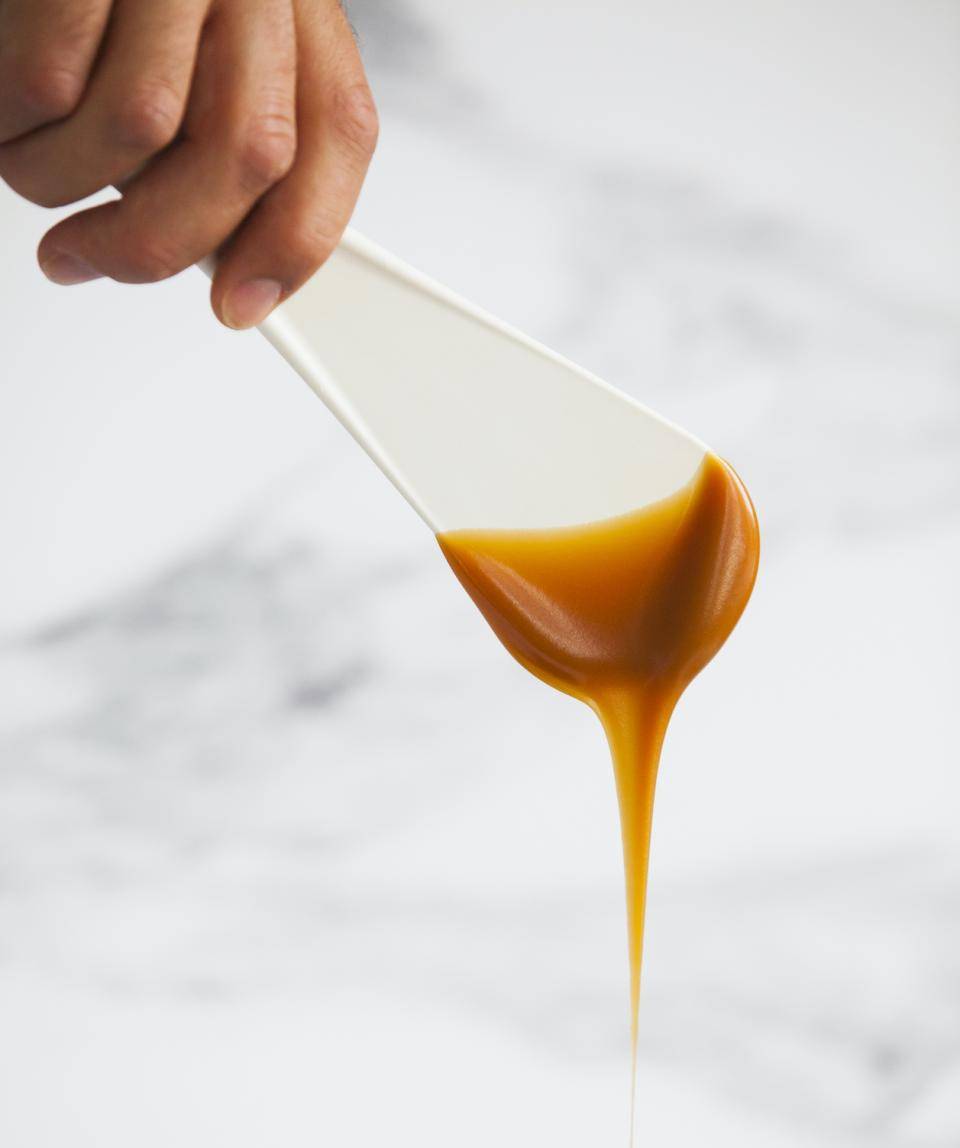
Why is the type of fat used so important?
Different fats have different qualities. Some are liquid at room temperature, some melt more quickly than others, etc. The fat found in chocolate is, of course, cocoa butter. This unicorn of fats is the most familiar to us as chefs or chocolatiers and has many specific properties which are a factor in any recipe or product that uses chocolate or cocoa butter.
Cocoa butter is:
- Solid at room temperature
- Melts around 35°C (body temperature)
- Unable to withstand hot storage temperatures
Cocoa butter is also one of the most expensive fats out there, clocking in at 5x the price of palm oil, for example. In order to behave in the ways that we like, with shine and snap and no blooming, cocoa butter requires tempering.
There’s a lot to love about cocoa butter; it can also present some hurdles for chefs and business owners needing to reduce costs or who are struggling to produce consistent products due to less-qualified team members or time/labor cost constraints. This is where coatings and fillings can help.
As mentioned above, the most notable difference between chocolate and coating is the type of fat used. There are many different fats available for use in food products and many means of modifying their structure to add to their desirable characteristics. Let’s keep it simple and take a look at the properties of some of the fats you are likely to see on the ingredients list of a typical coating product.
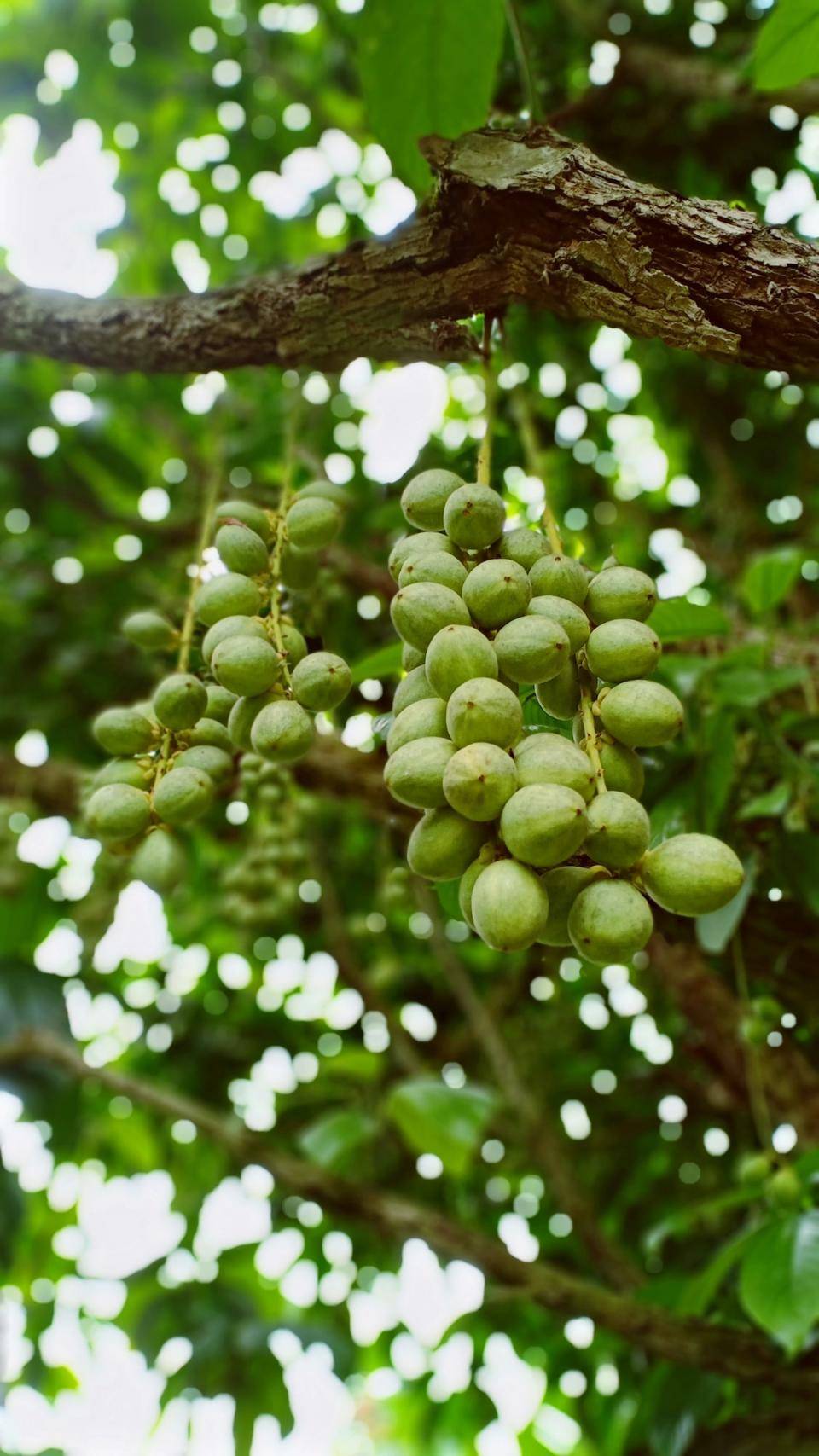
Other Types of Fats Used in Coatings and Fillings
Fats that are most like cocoa butter:
- Shea Butter
- Illipe Butter
These fats can require tempering, have good flavor and good melting qualities, and are more resistant to humidity than some other fats. They are less expensive than cocoa butter but more expensive than some other alternatives.
Some fats that are less like cocoa butter:
- Palm Oil
- Soybean Oil
- Rapeseed Oil
Because there are many fats that fall into this category (non-lauric fats if you want to get technical), the degree of similarity to cocoa butter can vary. Some can require tempering, though most do not. Flavor and melting characteristics exist along a range as well, as does the price of these fats. All have something to contribute, though, and can be a vital part of a combination of fats that can produce superior results.
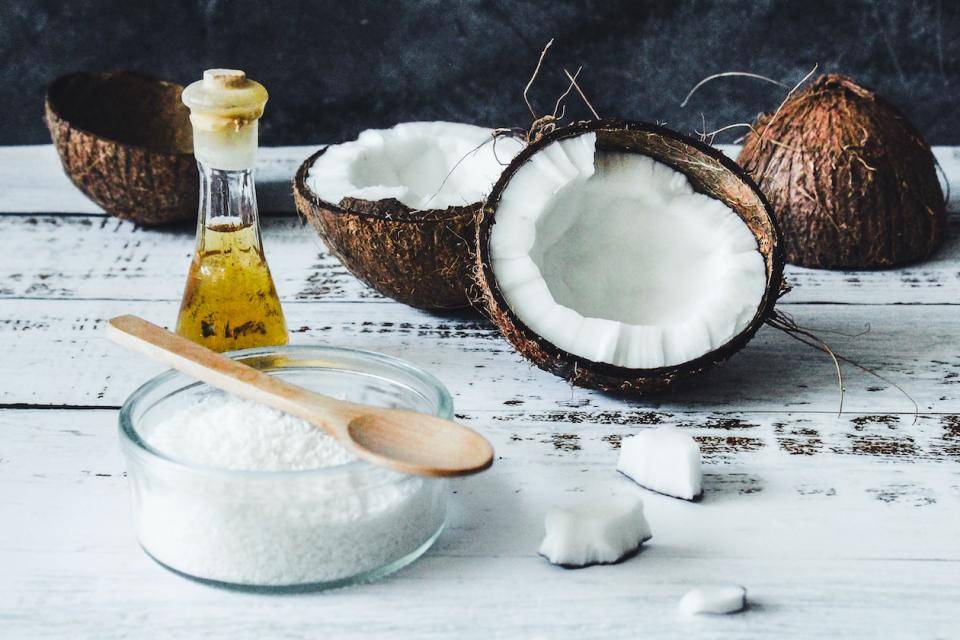
Fats that least resemble cocoa butter:
- Coconut Oil
- Palm Kernel Oil
You are probably familiar with coconut oil, particularly if you're working to replace butter in baked goods or have made your own hard-crack coating for ice cream. Coconut and Palm Kernel oils have good flavor and excellent melting qualities. However, in order to maintain their snap, they need to be cooled rapidly and are easily affected by humidity. They also come with a higher price tag.
These different properties mean that a coating or filling will often employ a precise mix of oils in order to take advantage of the fats’ desirable properties and produce the best results.

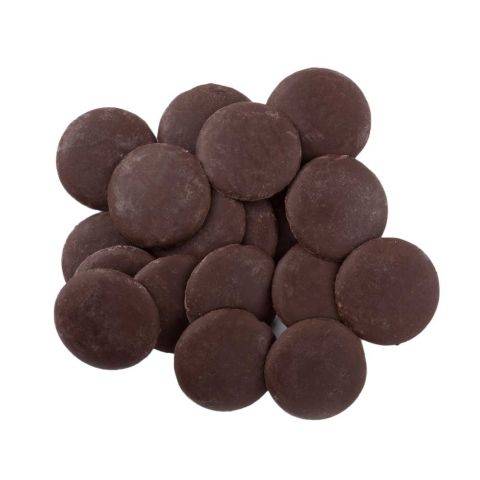





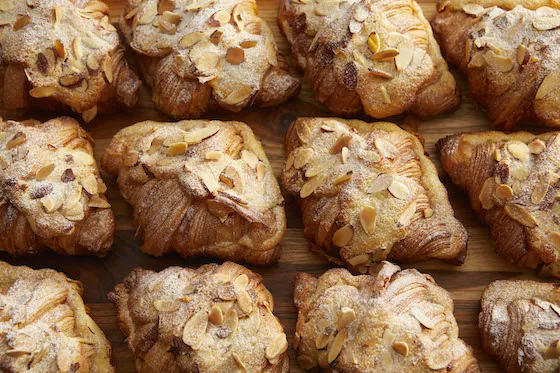

Comments